Agile and UX: Delivering products your customers love
Agile and UX: Delivering products your customers love
Agile has proven to be a winning approach for product development teams focused on fast sprints and seamless collaboration. But in the rush to deliver, we cannot forget the most important factor of all: The User.
Understanding the context we are in
Introduction
Agile is a popular framework for organizations across diverse industries. It facilitates the delivery of working software in short iterations called sprints, encourages frequent collaboration between teams, and responds rapidly to changing market and customer conditions.
However, some argue that the focus on speed in Agile can compromise the user experience of a product. User-centered design practices aim to create products that are not only functional but also intuitive and satisfying for the end user. This approach involves putting the user at the center of the design process, gathering data, and iterating on the design until it meets the user's needs.
Why UX matters
With the focus on speed of delivery, it often becomes too easy to sideline the human aspects of our business goals. User Experience and UI design are crucial components of any technology program, driving the success of a product and its impact on user satisfaction and adoption.
User-centered design can thrive in Agile with a bit of discipline and the right approach.
Agile, when combined with user experience, is an effective approach for delivering products that not only fulfill business requirements but also elevate the usability and experience of customers to deliver products that are not only functional but also accessible, engaging, and intuitive.
The Process
User-centered design is a vital piece of the Agile puzzle, leading to efficient delivery cycles and a product that truly resonates with its users. It's essential to clearly understand the elements that must be considered in the process.
This includes regular communication across teams and product owners to ensure everyone is on the same page. Designers should be involved in sprint planning, sprint reviews, and retrospectives to help prioritize, assess, and improve the design aspects of the product.
PRIORITIZATION IS VITAL.
If you prioritize everything, you prioritize nothing. Tasks must be prioritized to ensure the most critical design needs are addressed first. Designers should work closely with scrum masters, developers, and product owners to determine which tasks are most important and bring the most value.
START WITH THE USER IN MIND.
By placing the customer at the heart of everything we do, we create products that work and truly connect with the people who use them. The result is a perfect union of efficiency and empathy, delivering products that elevate quality, foster satisfaction, and propel growth to new heights.
CREATE PROTOTYPES TO TEST EARLY AND OFTEN.
Creating prototypes of key workflows is essential for UX to succeed in Agile. Agile is a team effort, with designers, developers, and stakeholders working together to iterate and refine the product rapidly. Rapid prototyping is the secret weapon for your UX team, allowing them to bring ideas to life, testing, and tweaking as they go with real users.
We’re not suggesting creating a prototype of the entire product all at once. This is where you take it on a sprint-by-sprint basis and ensure time for testing. By conducting user testing early and often to validate design decisions, potential design flaws can be caught and corrected before they become insurmountable obstacles.
COLLABORATE WITH DEVELOPERS.
At Alumni, we prioritize collaboration between designers and developers through regular communication, early input, and balanced design/development timelines. This helps for more seamless, efficient user-centered design in Agile development.
Anybody in the role of UX and UI design must know the fundamentals of code.
Clearly, this means your UX team should understand programming, at least at the most basic level. How else can we expect design and development teams to communicate quickly and solve product delivery challenges effectively?
EMBRACE FLEXIBILITY.
Think about the power of being Agile in design. Embracing flexibility and welcoming change as a positive force. Your UX team should embody this mindset and understand the value of being open to feedback, rapidly iterating, and constantly making changes to meet the ever-evolving needs of their users.
In a world where user experience is king, being Agile in design is a game-changer. It allows designers to stay ahead of the curve, improve continuously, and create products that truly make a difference in the lives of those who use them.
The benefits
Imagine a world where UX and UI are seamlessly integrated into Agile processes. Where teams work closely together, fostering collaboration and innovation. Where user feedback is integrated early on, allowing for quicker decisions and a faster time to market.
In this world, products are not just developed. They are crafted with the user at the center of every decision. This results in a better overall user experience, higher quality, and increased customer satisfaction.
And, just like the Agile methodology, this approach encourages adaptability and flexibility. Teams are empowered to respond to the ever-changing needs of their customers, leading to products that truly meet their needs and exceed their expectations.
This is the power of integrating UX and UI into Agile processes. This is how we create inspiring products that truly make a difference in the world.
Don’t just take our word for it. Many of the biggest brands in the world have seamlessly integrated user-centered design in their Agile processes:
Spotify is known for its seamless user experience and has embraced Agile principles in its design process. They use Agile sprints and user-centered design practices to ensure that their product continuously evolves and improves.
Google is known for its innovative products and has integrated UX and UI into its Agile processes to ensure that its products are user-friendly and intuitive.
Amazon is a giant in the e-commerce world and has embraced Agile development to ensure that its products are delivered quickly and efficiently. They have integrated UX and UI into their Agile processes to ensure that their products are user-friendly and easy to use.
Airbnb has embraced Agile development and integrated UX and UI into its design processes to ensure that its product is user-friendly and intuitive.
The Challenges
The integration of UX and UI into Agile processes is a double-edged sword. On the one hand, it brings tremendous benefits, but on the other, we do face some challenges.
One challenge is the limited time for thorough design work. The Agile methodology encourages speed and efficiency, but this can leave little room for thoughtful and comprehensive design.
Another challenge is the lack of documentation. Agile processes prioritize working software over documentation, which can sometimes result in important design details being overlooked.
And finally, balancing short-term and long-term goals can be a challenge. Agile processes focus on delivering small, incremental improvements, but UX processes often require longer-term thinking and strategic planning.
Making it work
Incorporating UX into Agile methodology is important for ensuring that the end product meets the needs and expectations of the users. The following are the steps we practice at Alumni to help include UX in Agile:
User Research: Conduct user research, such as creating personas, mapping user journeys, and conducting usability testing, before the sprint begins. This information can then inform design and development decisions during the sprint.
Design Sprint: Incorporate a design sprint into the Agile sprint to ensure that the design is user-centered and meets the target audience's needs. This can include activities such as sketching, prototyping, and testing.
Design Thinking: Incorporate design thinking into the Agile process to help teams empathize with users, define problems, ideate solutions, and create prototypes.
Interactive Prototyping: Use tools such as Figma to create interactive prototypes that can be tested and refined during the sprint. This helps ensure the design is user-centered and meets the target audience's needs.
User Feedback: Incorporate user feedback into the Agile process through usability testing of prototypes, surveys, and other forms of user research to ensure that the end product meets the needs and expectations of the users.
Let's take an example of a 3-week sprint schedule to understand how UX can be incorporated into your Agile process:
Week 1: User Research
Conduct user research and workshops to understand the audience and their needs
Create personas based on the research
Map user journeys and service blueprints to identify the customer and business pain points and goals
Week 2: Design Sprint
Rapid sketching/mock-ups to ideate solutions for collaborative reviews
Create interactive prototypes to bring the design to life
Sharing prototypes with product owners, scrum masters, and developers for alignment
Week 3: User Testing
The final week of the sprint is dedicated to user testing. This is an essential step in the design thinking process, as it allows the team to gather feedback from real users and make any necessary adjustments to the product.
The user testing process can take various forms, including usability testing and surveys. During this week, the team will work closely with users to understand their experiences with the product and gather feedback on areas for improvement.
By incorporating user testing into the sprint schedule, your team can ensure that the product is user-centered and meets the target audience's needs, leading to increased user satisfaction and a better overall product.
Conclusion
Leveraging user-centered design practices with Agile can bring numerous benefits to a company, including faster go-to-market, better user experience, and increased collaboration. However, there are common challenges to overcome, such as limited time for design, lack of documentation, and balancing short-term and long-term goals.
To overcome these challenges, companies should prioritize user research and testing, collaborate with developers and stakeholders, and leverage design sprints to include best practice user-centered design as part of their Agile processes.
With the right approach, UX and UI design can thrive in an Agile environment, leading to rapid delivery of products on time, functional, and user-friendly.
REFERENCES.
"Lean UX: Designing Great Products with Agile Teams," by Jeff Gothelf and Josh Seiden.
“Design Thinking and Agile Design, New Trends or Just Good Designs?” by Vanessa Svihla.
"Manifesto for agile software development,” Beck, K., Beedle, M., Bennekum, A. V., Cockburn, A., Cunningham, W., Fowler, M., . . . Thomas, D. (2001).
"Here Is How UX Integrates With Agile and SCRUM," by Jeff Gothelf.





